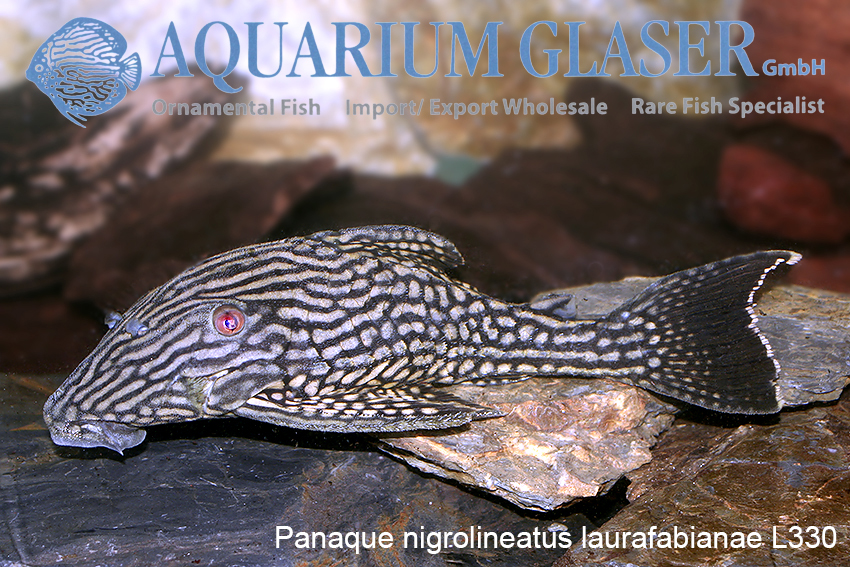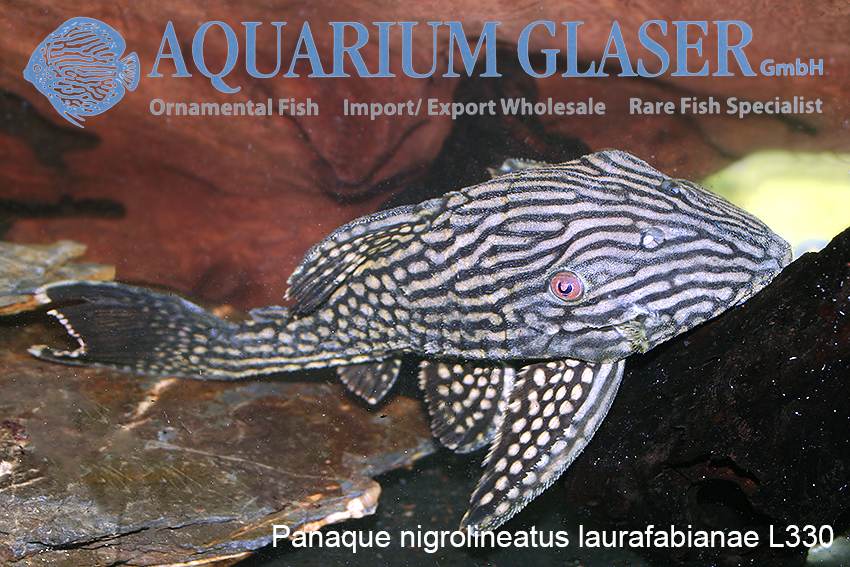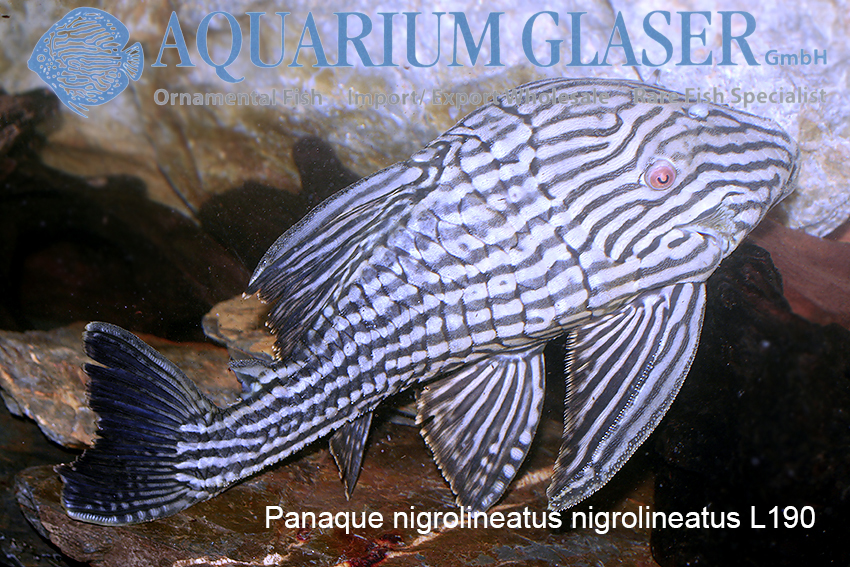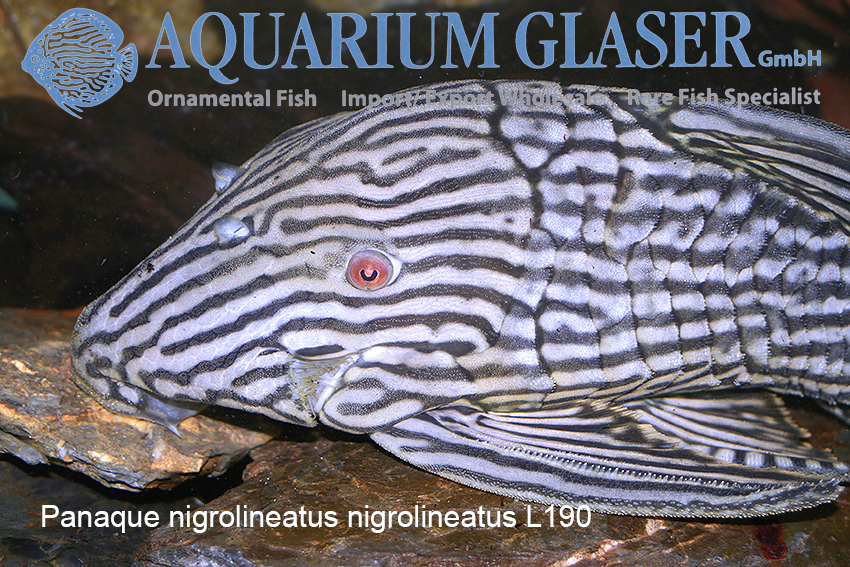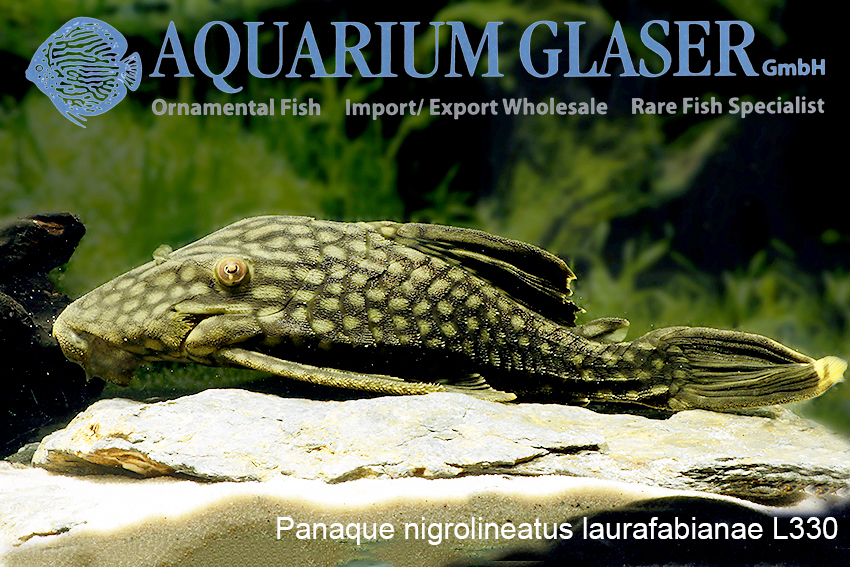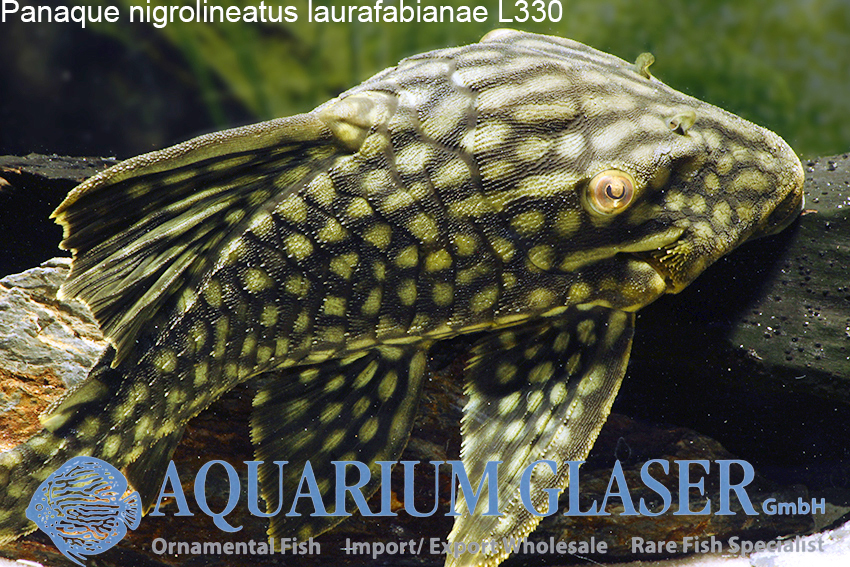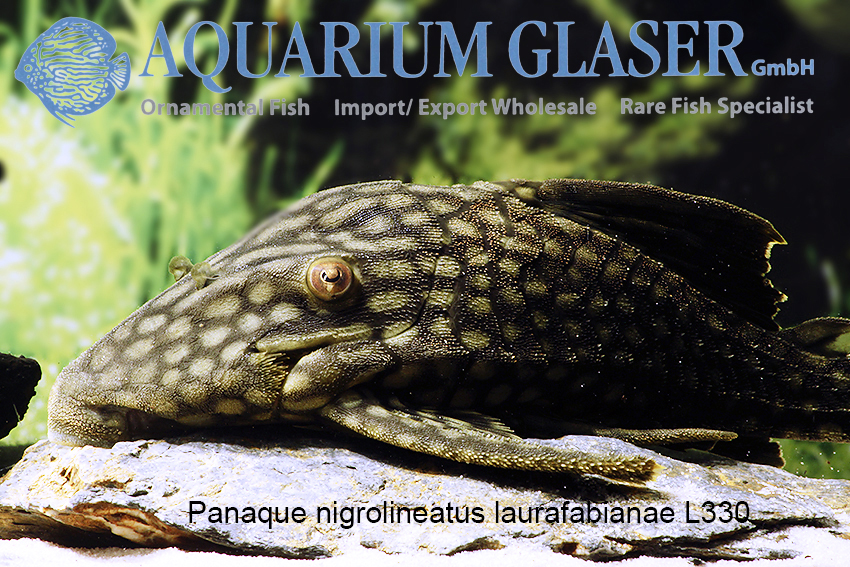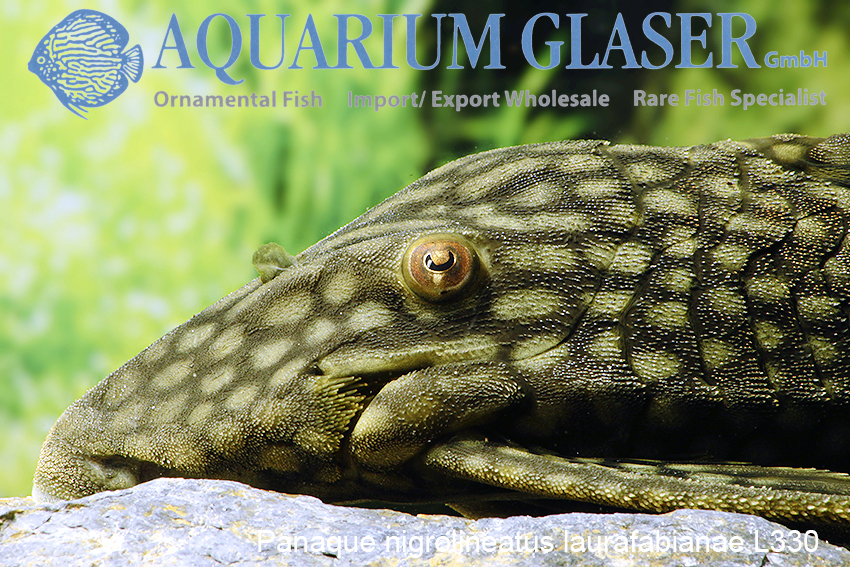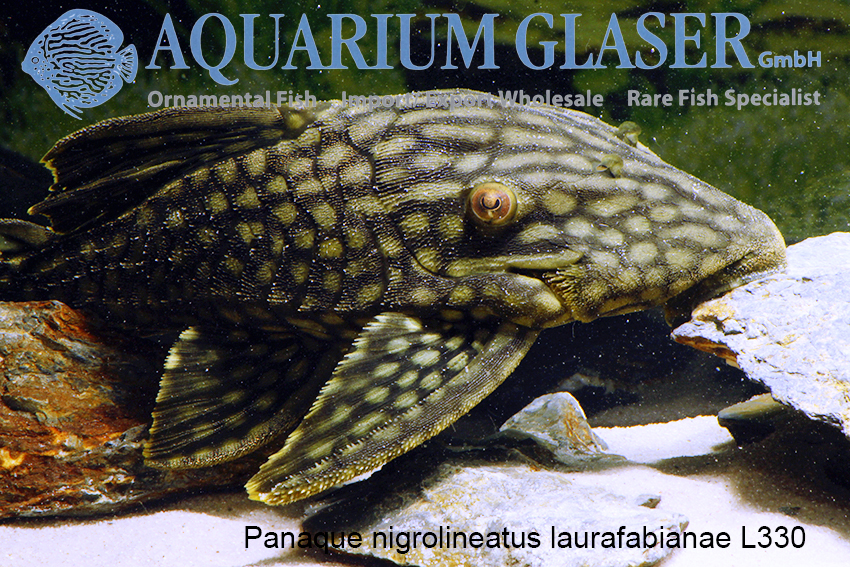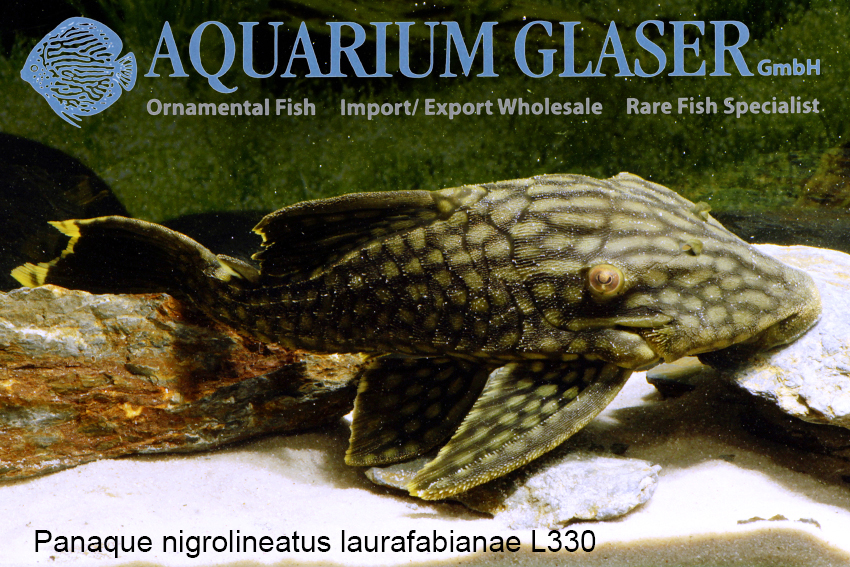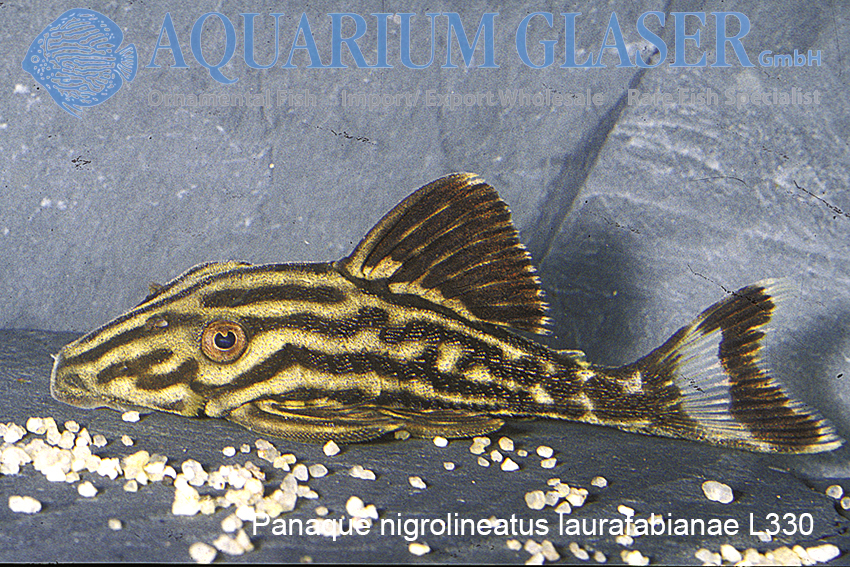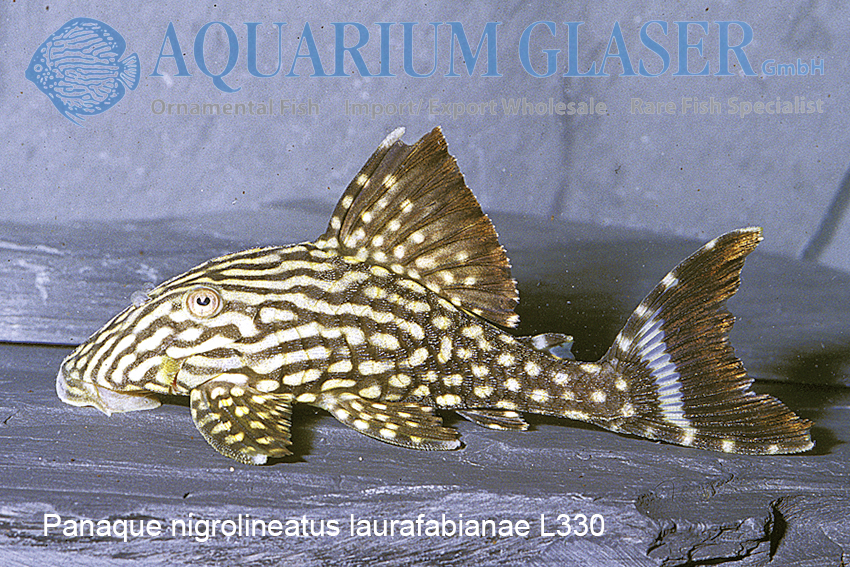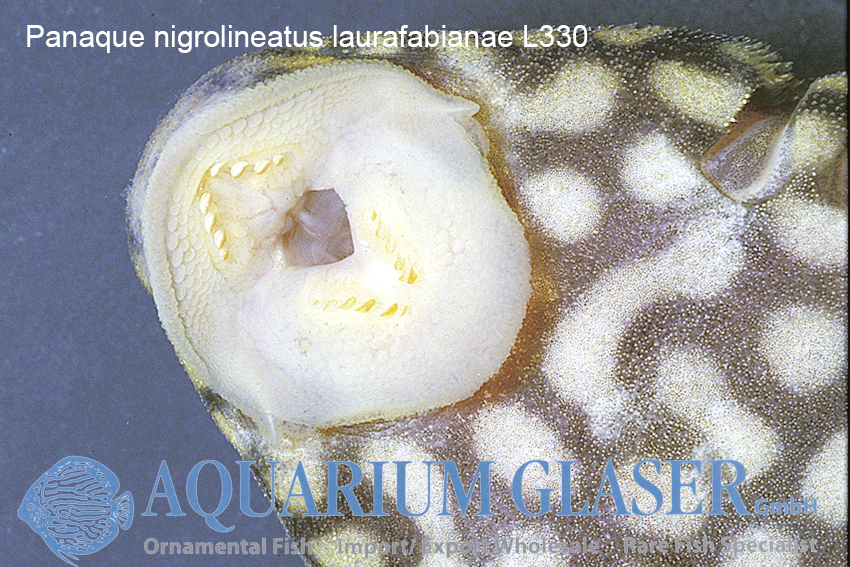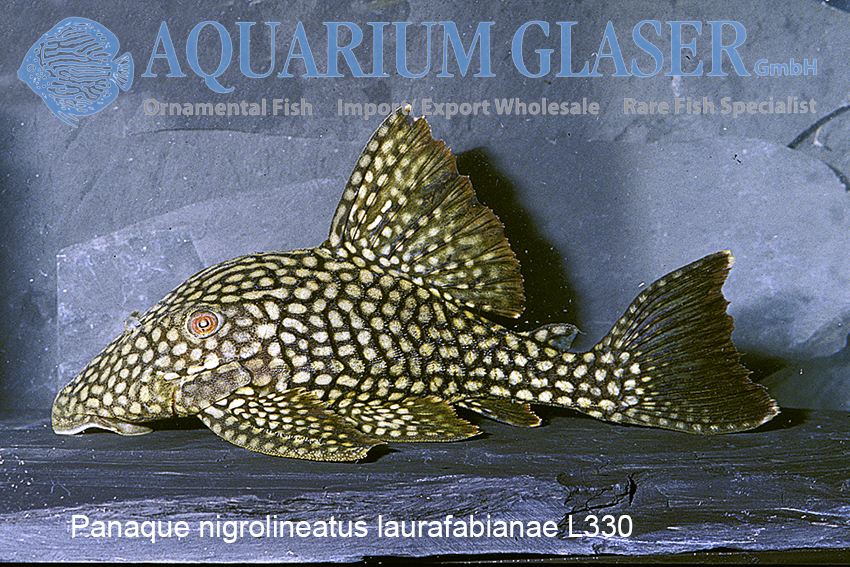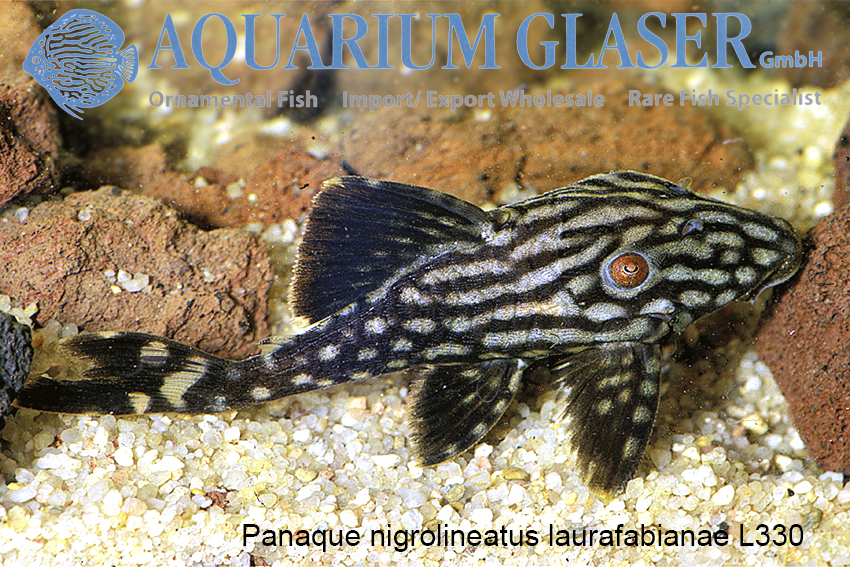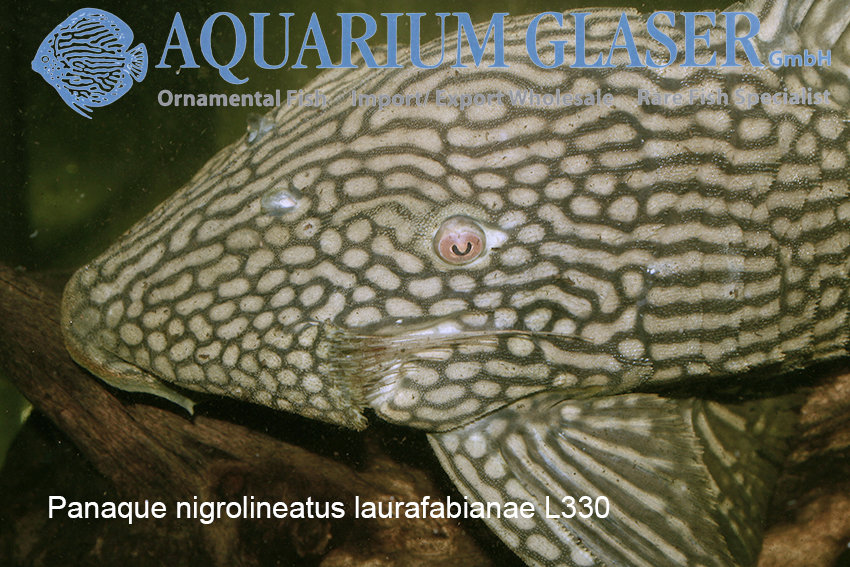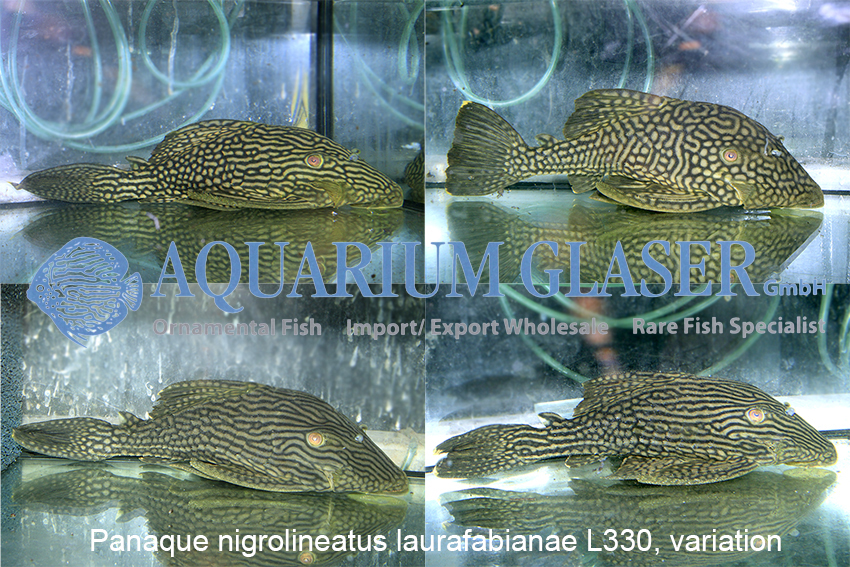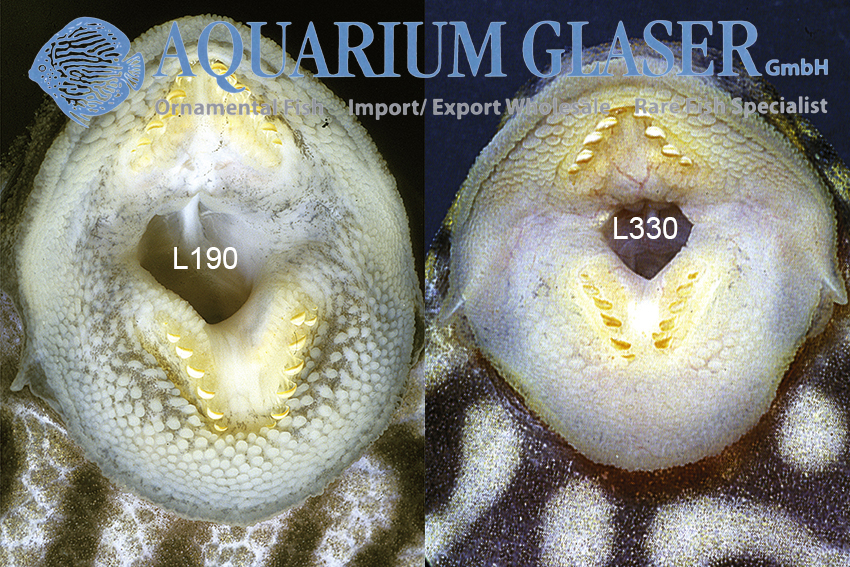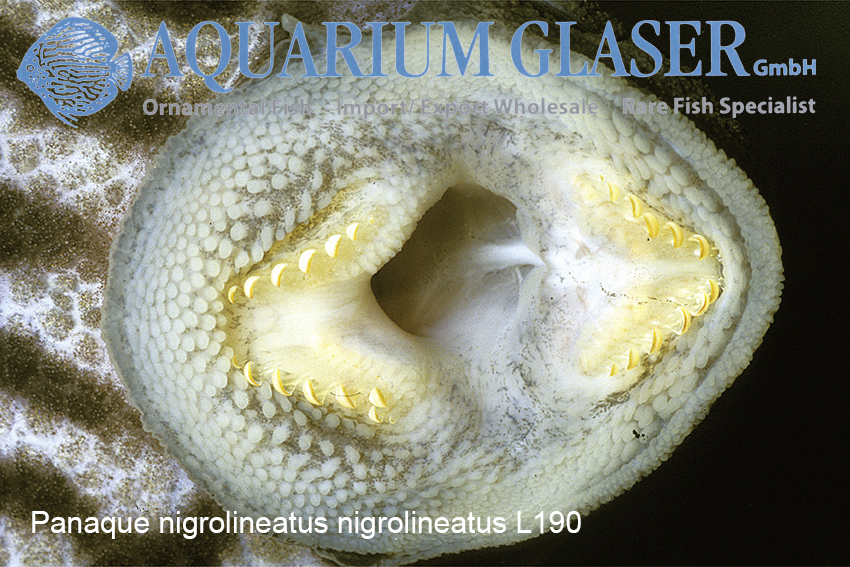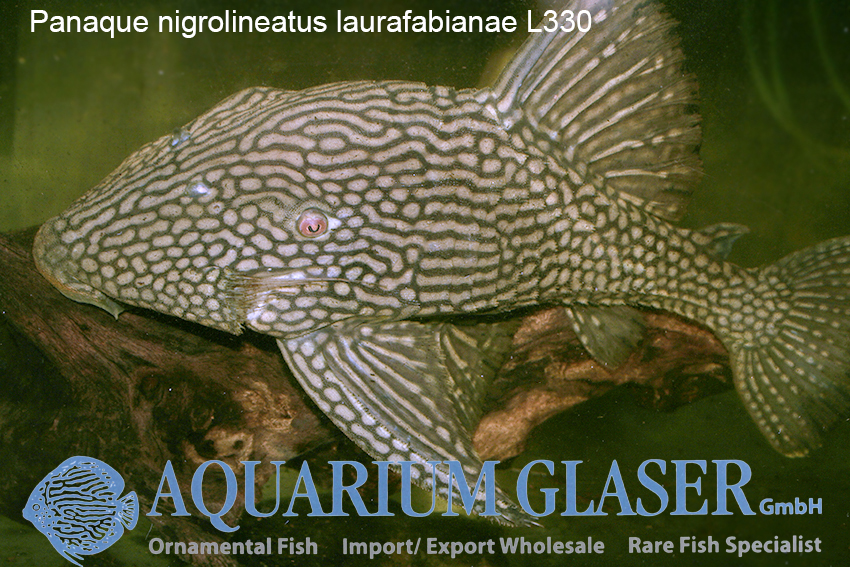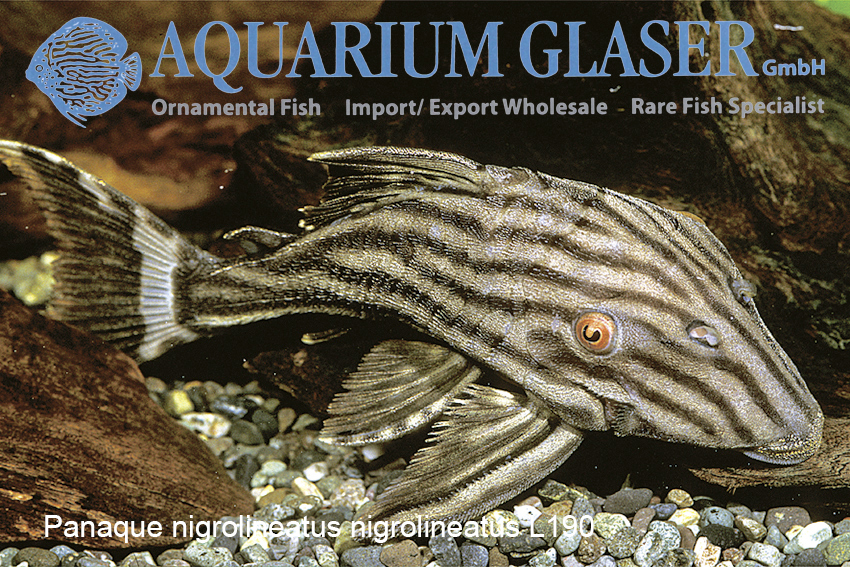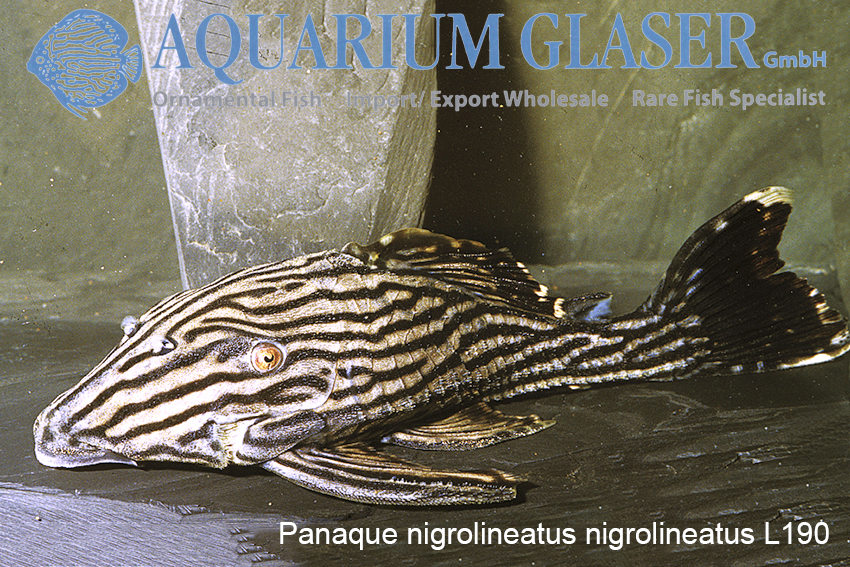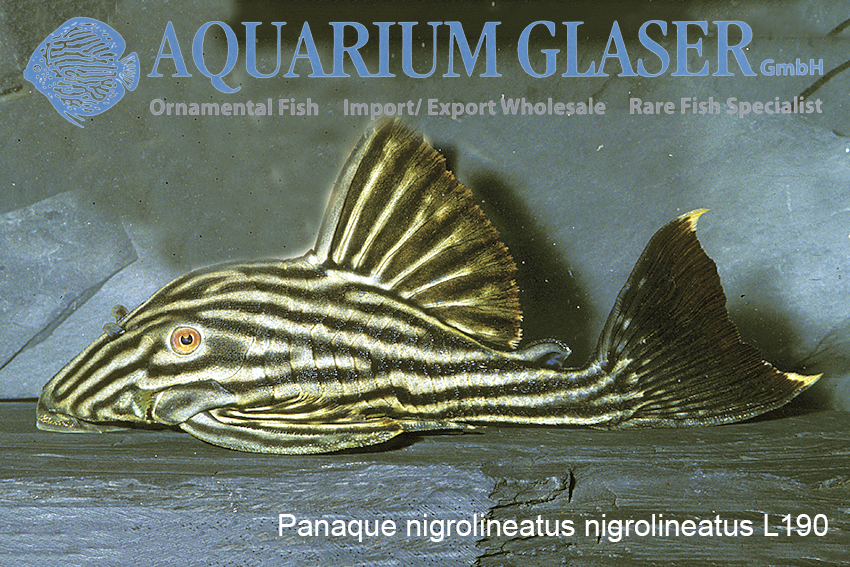Many fish scientists (ichthyologists) currently reject the concept of the subspecies. They argue that either there are definable characteristics, in which case it is a species, or there are no characteristics, in which case the form cannot be named. However, this concept has only limited relevance to reality; in the case of the large striped loricariid catfish from the relationship group around Panaque nigrolineatus, the Royal Plecos, it has been known for a long time that there are different looking populations in different river systems. They were given the L-numbers L 27 (Brazil: Rio Tocantins), LDA 63 (Brazil: Rio Xingu), LDA 77 (Brazil: Rio Tapajós = Panaque armbrusteri), L190 (Colombia/Venezuela: Rio Meta), L191 (Colombia: Rio Caqueta), L330 (Colombia: Rio Guaviare), L418 (Peru: Rio Tingo Maria), L488 (Brazil: Rio Aripuana); there is also the “Golden L27” from the Rio Araguaia in Brazil without a L-number.
L330 differs from L190 in age in that it develops a dot pattern instead of the longitudinal stripes (small young animals cannot be distinguished) and has considerably larger sensory papillae on the lower half of the mouth disc (compared to L190). L190 is considered to be the “typical” Panaque nigrolineatus, a species which was scientifically described as early as 1877. The occurrences of both L190 and L330 are in the upper reaches of rivers that belong to the Orinoco system, while the third Colombian, L191 (the “green” one, probably belonging to the species Panaque titan) comes from a river that drains towards the Amazon.
Due to the commercial importance of L330 and also because recent molecular studies have shown that L330 and L190 are probably not identical at species level, Armando Ortego-Lara and Nathan K. Lujan have decided to go against the trend and describe the population of the black stripe loricariid from the river system of the Rio Guaviare (L330) as a subspecies of Panaque nigrolineatus. L330 is now correctly named Panaque nigrolineatus laurafabianae, L190 Panaque nigrolineatus nigrolineatus.
The authors explicitly point out that there are specimens of P. n. nigrolineatus which show characteristics of P. n. laurafabianae as well as vice versa, but these are exceptions.
Both subspecies grow very large, well over 40 cm, and feed mainly on wood. As this is a very low-nutrient diet, the animals defecate abundantly. Larger specimens are also often incompatible with each other. One should therefore only buy Panaque nigrolineatus (no matter which form) if one has aquariums of an appropriate size.
Text: Frank Schäfer, photos: Frank Schäfer and Erwin Schraml





